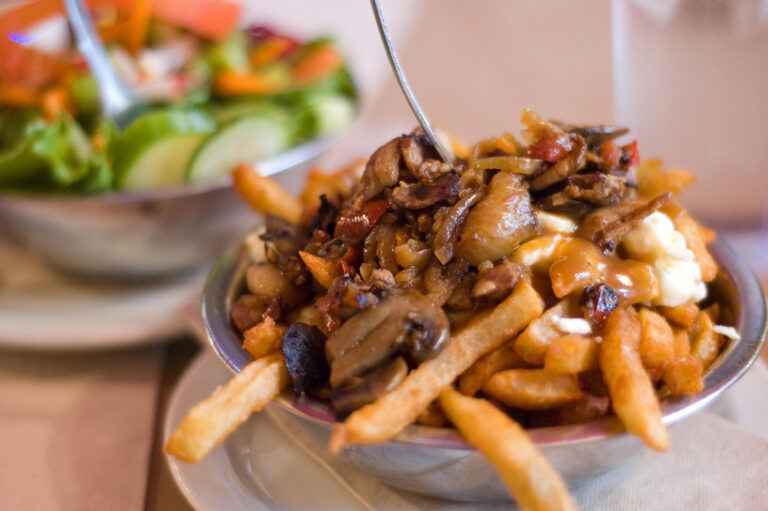Introduction: Canadian Cuisine and Its Flavors
Canadian cuisine is a reflection of the country’s diverse cultural heritage, geography, and climate. It is a fusion of European, Indigenous, and global culinary traditions combined with locally sourced ingredients. The flavors of Canadian cuisine are distinctive and varied, ranging from sweet to savory, spicy to mild, and rustic to refined. Herbs and spices play an essential role in Canadian cooking, adding depth, complexity, and aroma to dishes.
History of Traditional Herbs and Spices in Canada
The use of herbs and spices in Canadian cuisine dates back to ancient times. The Indigenous peoples of Canada were the first to introduce different herbs and spices to the country. They used herbs and spices such as juniper, sweetgrass, cedar, and wild sage for medicinal and culinary purposes. The arrival of European explorers and settlers in the 16th century brought new herbs and spices to Canada, such as cinnamon, cloves, nutmeg, and black pepper. Over time, Canadian cuisine evolved to include a mix of traditional and modern herbs and spices.
Indigenous Influence on Canadian Cuisine
Indigenous cultures have a significant influence on Canadian cuisine, including the use of herbs and spices. Indigenous herbs and spices are used for both culinary and medicinal purposes. Herbs such as sweetgrass and sage are used for smudging, a purification ritual, and in cooking to add flavor and aroma to dishes. Other traditional herbs and spices used in Indigenous cuisine include wild rose, juniper, and wild mint.
Common Herbs and Spices in Canadian Cooking
Canadian cuisine utilizes a variety of herbs and spices, including some that are unique to the country. Herbs and spices commonly used in Canadian cooking include rosemary, thyme, oregano, parsley, bay leaves, dill weed, and sage. Spices such as cinnamon, nutmeg, allspice, and cloves are also commonly used in baking and desserts. Canadian chefs also use regional herbs and spices such as Montreal steak seasoning, which includes garlic, black pepper, and coriander, and is used to season beef dishes.
Dishes That Use Traditional Canadian Spices
Traditional Canadian dishes that use herbs and spices include tourtiere, a savory meat pie made with cinnamon, nutmeg, and cloves and served during the holiday season. Another classic Canadian dish is pea soup, which is flavored with thyme and bay leaves. Maple syrup, a quintessential Canadian ingredient, is often used in savory dishes such as roasted vegetables and meat dishes, and sweet dishes such as pancakes and desserts.
Health Benefits of Traditional Herbs and Spices
Herbs and spices used in Canadian cuisine have various health benefits. For example, rosemary and thyme have antioxidant and anti-inflammatory properties, while cinnamon can help regulate blood sugar levels. Nutmeg is believed to have antibacterial and anti-inflammatory properties, while cloves are high in antioxidants. Garlic, commonly used in Canadian cooking, has been shown to have numerous health benefits, including lowering cholesterol levels and reducing the risk of heart disease.
Where to Find Traditional Herbs and Spices in Canada
Traditional herbs and spices used in Canadian cuisine can be found in specialty food stores, spice shops, and farmers’ markets across the country. Many Indigenous communities also sell traditional herbs and spices, such as sweetgrass, sage, and cedar, in their gift shops. Online retailers also offer a wide range of Canadian herbs and spices, making it easy to access these unique ingredients from anywhere in the world.
Conclusion: Embracing the Unique Flavors of Canada
Herbs and spices are an essential part of Canadian cuisine, adding depth, richness, and flavor to dishes. The use of traditional herbs and spices, influenced by Indigenous cultures and European settlers, is a testament to Canada’s diverse culinary heritage. By embracing the unique flavors of Canadian cuisine, we can appreciate the country’s rich cultural history and enjoy delicious and healthy dishes.

